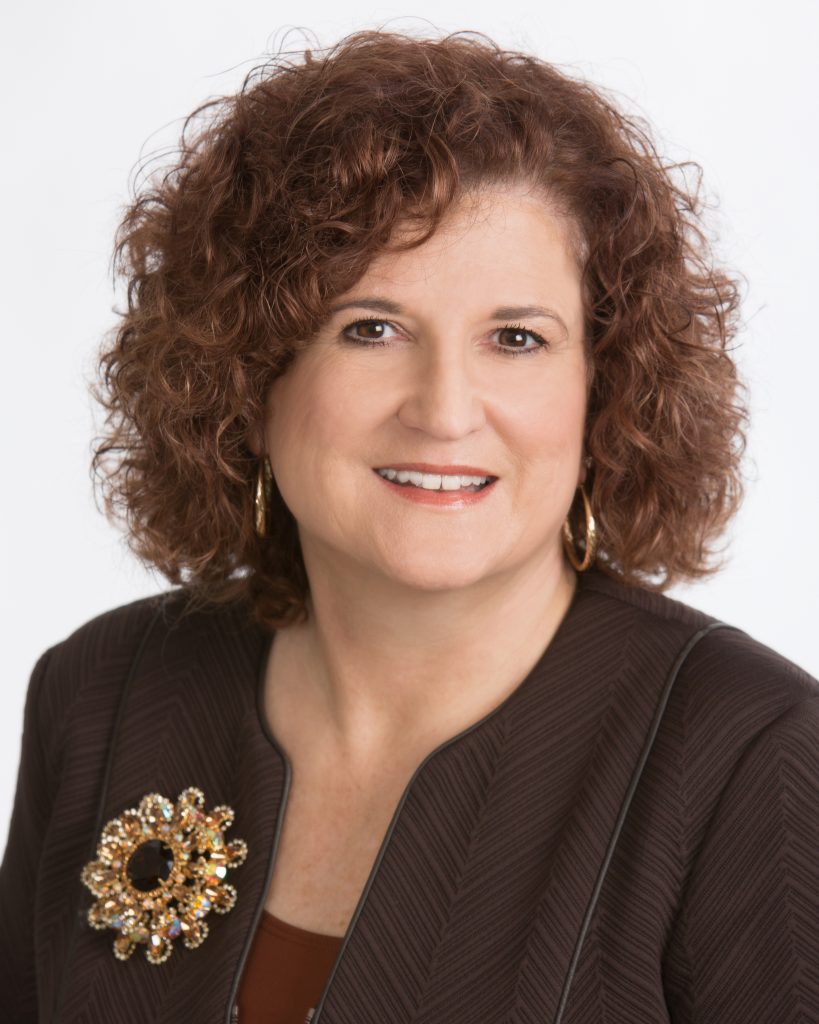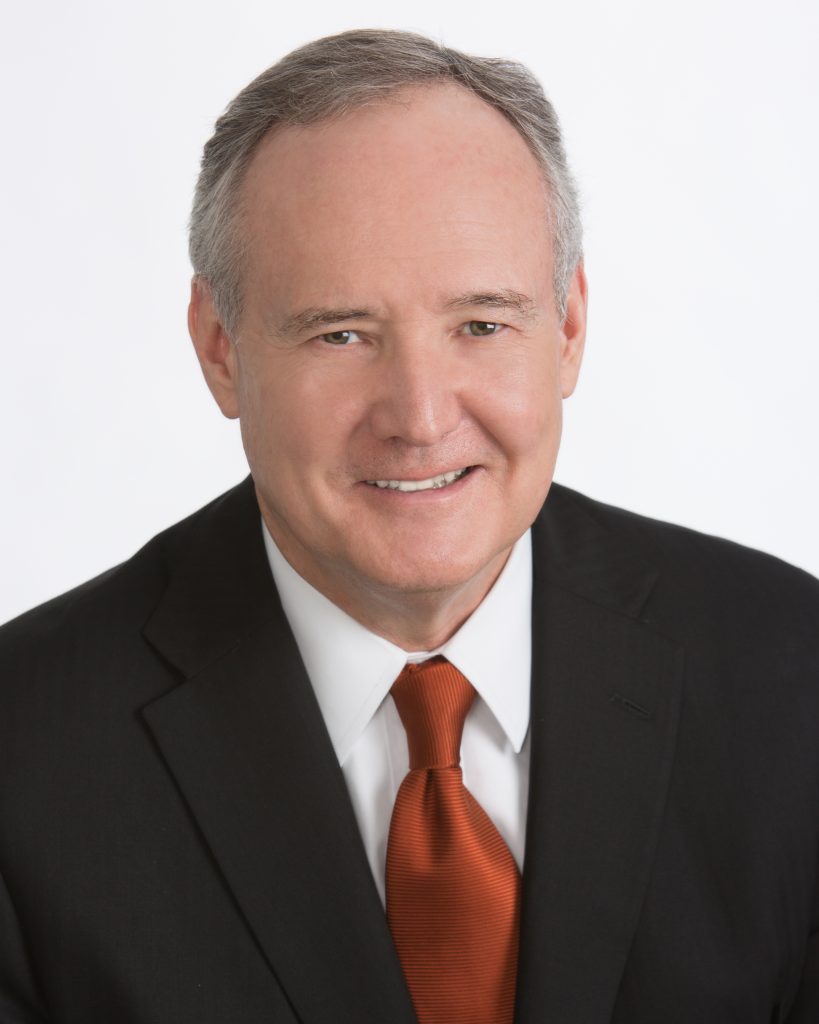By Dr. Sarah Flournoy
On August 14, 2020, the new Title IX regulations regarding sexual harassment, propagated in May 2020 by the U.S. Department of Education, took effect. While they do mark a significant milestone, it is not all bad. The Title IX regulations apply to all public schools and to private schools that accepted Paycheck Protection Program (PPP) Funds and that have not had those loans forgiven.
- The regulations provide a clear definition for sexual harassment.
Prior to the 2020 regulations, educational institutions managed their Title IX sexual harassment compliance by compiling guidance from a series of Department of Education Office for Civil Righs (OCR) Dear Colleague letters and Supreme Court cases. The new regulations provide a one-stop location for guidance. In particular, the definition of sexual harassment synthesizes the various definitions of sexual harassment that have been adopted and used over the years. In addition, for quid pro quo sexual harassment and behavior that constitutes a criminal sexual offense under federal law, it removes any victim impact analysis. Finally, for the portion of the definition dealing with unwelcome conduct, the most common type of sexual harassment, the regulations raise the standard by requiring the conduct to be “severe, pervasive, and objectively offensive” (previously it was “or”) and introducing a “reasonable person” standard.
2. The regulations focus on process rather than the elimination of discrimination.
Educational institutions have always been charged with responding to complaints of sexual harassment in a way that is not deliberately indifferent. Previously, that meant taking immediate action to eliminate the sexual harassment, prevent its recurrence, and address any effects. The new regulations require the school’s response to be “reasonable in light of known circumstances” and constitute a playbook for addressing and resolving complaints.
While the playbook is more complicated than the previous process that educators are accustomed to, a set predictable definition and the ability a focus on compliance with one playbook are exceptionally good news.
Now, two quick things you can and should do to start your compliance with the playbook.
1. Make sure your Title IX Coordinator is known as the Title IX Coordinator.
Previously, the school had to designate at least one employee to coordinate its efforts to comply with Title IX. Under the new regulations, that is no longer enough. Instead, the Title IX Coordinator must be known as the Title IX Coordinator. That means, when someone (OCR) asks an employee, parent, or student of your organization who the Title IX Coordinator is, they should be able to answer with the correct name or title, or know where to access that information.
2. Similarly, update and prominently post your Nondiscrimination Policy to your organization’s website.
The old regulations required continuing steps to notify stakeholders and to prominently displaying the nondiscrimination policy in publications. The 2020 regulations specifically require that both the updated nondiscrimination policy and the Title IX Coordinator’s contact information be “prominently” displayed on the institution’s website along with all publications. Hyperlinks at the bottom of an institution’s website that simply say, “Nondiscrimination Policy,” will probably not meet this standard.
The school law attorneys at Brackett & Ellis are happy to help you develop and implement your Title IX Sexual Harassment playbook and have scripts and trainings ready for your purchase and use at your convenience. Title IX Coordinators, investigators, decision-makers, and anyone facilitating an informal resolution process must receive specific training under the new regulations.
Please be watching your e-mail the week of September 7, 2020, for information on how you can purchase the scripts and training materials.





